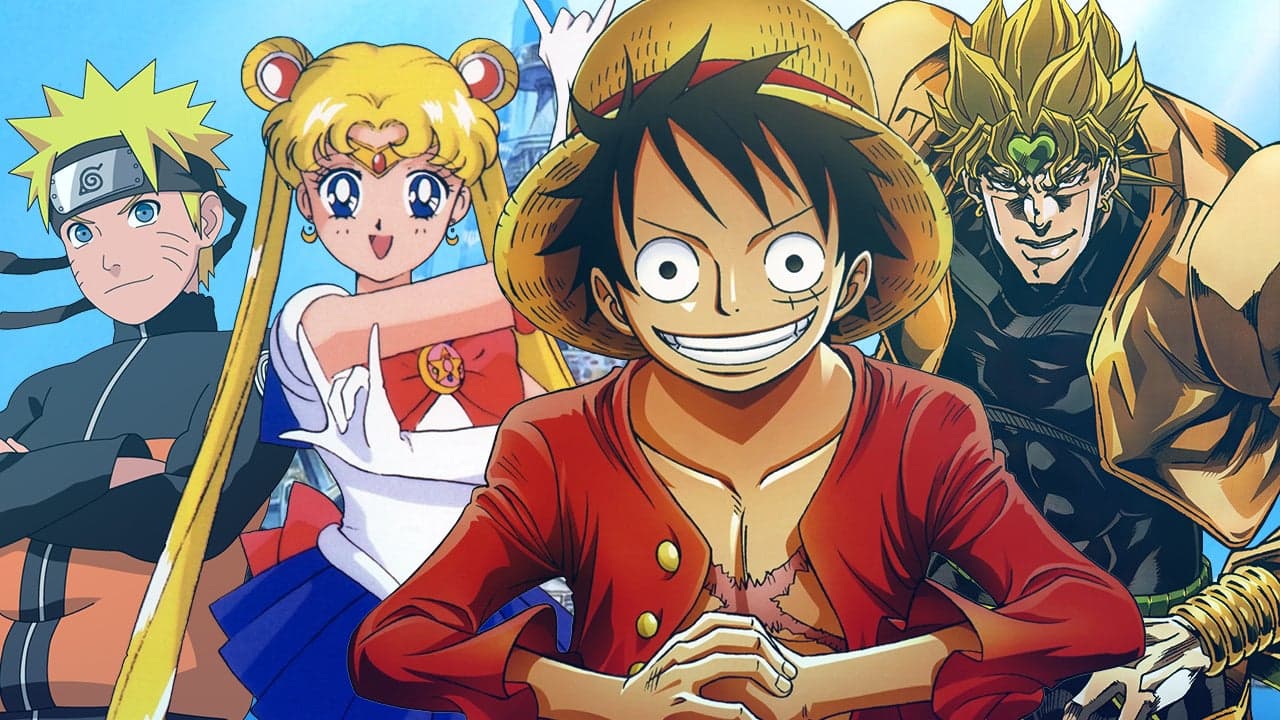Anime, a distinctive form of animation that originated in Japan, has transcended its cultural boundaries to become a global phenomenon. Its surge in popularity can be attributed to a unique blend of storytelling, artistry, and cultural richness that appeals to a diverse audience spanning all ages. This exploration seeks to understand the multifaceted reasons behind anime’s widespread acclaim through a comparative analysis.
Animation, or “anime” as it is called in Japan, has transformed into a cultural sensation that has seeped past national boundaries. This unique art form has captivated a global audience, offering an intriguing peek into a blended sphere of art, culture, and narrative diversity that defines it.
Rooted in History: The Emergence of Anime
Historically traced back to the early 20th century, the foundations of Japanese animation were laid by Jun’ichi Kōuchi with “Namakura Gatana” in 1917, one of the earliest Japanese animated films to survive. Nevertheless, the real transformation began with Osamu Tezuka’s “Astro Boy” in the 1960s, amalgamating Western animation with Japanese storytelling, laying the groundwork for modern anime. Over time, anime absorbed elements of traditional Japanese art forms like ukiyo-e and kabuki theater, creating a distinctive cultural blend that pervades in anime today.
Driven by Diversity: An Array of Content
Anime’s diverse content is an instrumental factor contributing to its popularity. Anime spans across a myriad of genres catering to a vast audience spectrum. From action-driven narratives like “Naruto” and “Dragon Ball” to emotive stories like “Sailor Moon” and “Fruits Basket,” the genres extend to science fiction, fantasy, romance, horror, and slice-of-life, often amalgamating various themes within a single series. This diverse breadth allows anime to captivate audiences of all age groups and interests, reinforcing its status as a versatile and appreciated form of entertainment.
Art Meets Technology: The Quality of Anime
Japanese anime is acclaimed for its superior quality and artistry, distinguishing it as a unique and influential medium. Notable for its meticulous attention to detail, elaborate character designs, and visually awe-inspiring landscapes, anime studios like Studio Ghibli consistently churn out masterpieces like “Spirited Away” and “My Neighbor Totoro,” revered for their mesmerizing visuals and narrative depth. Apart from technical superiority, anime often ventures into artistic experimentation, breaking creative boundaries, thereby captivating audiences who appreciate the aesthetic and narrative complexities that set it apart from other forms of entertainment.
Narrative Intelligence: The Uniqueness of Anime Storytelling
Valued for its inimitable storytelling, anime is characterized by their elaborate narratives, character development, and creative world-building. It embraces varying themes, ranging from the existential philosophy in “Neon Genesis Evangelion” to human relationships in “Clannad.” By addressing complex and thought-provoking topics, anime appeals to viewers seeking intellectual engagement. The medium frequently employs unique storytelling techniques, like nonlinear narratives and unreliable narrators, breaking traditional storytelling norms, keeping audiences engaged, and fostering a devoted fan base.
Crossing Borders: The Global Appeal of Anime
Japanese anime’s cultural and global appeal stems from its ability to bridge cultures and spark universal themes. It integrates elements of Japanese culture, history, and folklore, providing a glimpse into Japan’s traditions while presenting relatable human experiences. Simultaneously, it explores universally resonant themes like love, friendship, and personal growth, transcending cultural boundaries. Moreover, the globalization of anime, with subtitles and dubbing in multiple languages, has further propelled its international fame, thereby fostering a widespread fascination and appreciation for Japanese animation.
From Paper to Screen: The Role of Manga in Anime’s Rise
Manga adaptations play a significant role in the popularity of Japanese anime. Several well-loved anime series and films are adapted from manga (Japanese comics), creating a synergy that attracts existing fans and draws new audiences. Iconic titles like “One Piece,” “Attack on Titan,” and “Fullmetal Alchemist” originated as manga before evolving into highly successful anime franchises.
Beyond the Screen: Merchandising and Marketing
Strategic marketing and extensive merchandising fuel anime’s popularity, creating a multitude of related products like toys, clothing, video games, and collectibles. These merchandise items often feature beloved characters, fostering a deep emotional connection with fans. Moreover, promotional campaigns, collaborations, and limited-edition releases generate buzz and anticipation.
Japan Versus America: A Comparative Perspective
Japanese animation often excels in diverse storytelling, intricate character development, and imaginative world-building, appealing to a wide range of audiences. American animation also boasts iconic works like Disney classics and Pixar’s storytelling prowess, prompting a matter of personal taste when arguing which is “better.”
Video Games: An avenue for growth
Using iconic characters and stories, Japanese anime has found another way to engage with fans through video games. This medium allows audiences to immerse themselves in the anime universe, facilitating interactivity and a deeper connection to the plot and characters.
Anime Influence on Worldwide Fashion
Anime’s influence is felt beyond entertainment, notably impacting global fashion trends. From cosplay to high-end designer collections, the unique anime aesthetic has found its way into wardrobes around the world, further validating its cultural significance.
Recap: Reasons for Anime Popularity in Japan
The influence and popularity of animation in Japan can be traced back to its rich historical journey, the diversity of its content, exceptional quality, unique storytelling approach, and cultural resonance. This dynamic medium continues to captivate audiences from Japan to global arenas, underscoring its enduring impact on the world of entertainment.
Comparative Analysis: Why Anime Is So Popular
| Factor | Description |
|---|---|
| Diverse Genres | Unlike traditional animation, anime covers a wide array of genres, catering to various tastes. From romance and horror to science fiction and fantasy, there’s an anime for everyone. |
| Complex Characters | Anime characters often undergo significant development, displaying vulnerabilities and growth that viewers can relate to or aspire towards. |
| Artistic Styles | The visual appeal of anime is undeniable. Its distinctive art style, with vibrant colors and detailed backgrounds, enhances storytelling and character expressions. |
| Cultural Exposure | Anime introduces audiences to Japanese culture, traditions, and societal issues, fostering a global appreciation and understanding. |
| Cross-media Content | Many anime are adapted from manga, light novels, or video games, creating a rich ecosystem of content that fans can explore beyond the screen. |
| Themes and Narratives | Anime delves into themes that are often considered taboo or too complex for mainstream animation, offering depth and real-world relevance. |
| Global Community | The fandom surrounding anime is vast and inclusive, allowing for a shared experience through conventions, forums, and fan-created content. |
Video Guide
To answer all your questions, we have prepared a video for you. Enjoy watching it!
Conclusion
The appeal of anime lies in its ability to merge captivating visuals with deep, emotionally resonant stories that challenge the imagination and often reflect real human experiences. Its global popularity is not just a testament to its entertainment value but also its cultural significance and the universal themes it explores.
As anime continues to evolve and push creative boundaries, it remains a beloved medium that brings people together, transcending geographical and cultural barriers. The reasons for its popularity are as diverse and complex as the content it produces, ensuring that anime will continue to be a pivotal part of global entertainment for years to come.



